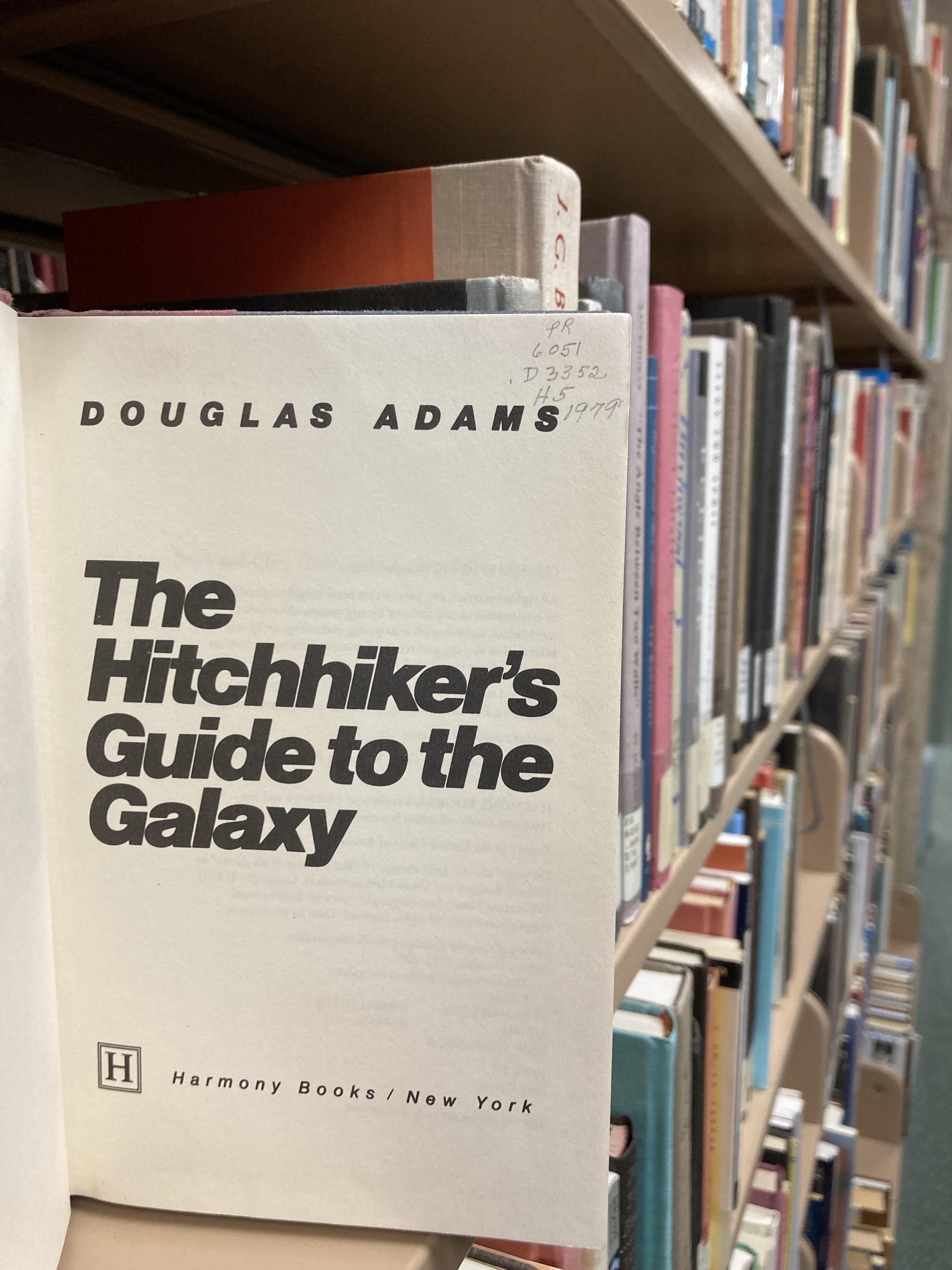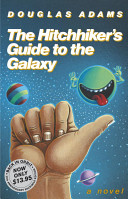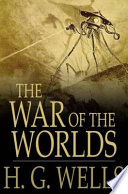TBT: Adventure World

Photo courtesy of the Villanova University Digital Library.
May 11 is National Twilight Zone Day! Honor Rod Serling’s television series by reading a dime novel from the Villanova University Digital Library. The “Czech ‘dime novel’ – roughly translated as ‘Adventure World’ – (pictured above) covers stories of science fiction and adventure. Starting in 1927 and running until 1938, this was a popular Czech title for adults and children.” Skim the Dime Novel and Popular Literature collection here.
Looking for more sci-fi adventures? You can stream The Twilight Zone on Paramount+ and Amazon Prime. If you’re looking for some recommendations, Entertainment Weekly ranked 30 of the “best” Twilight Zone episodes. You can also check out the Falvey Library resources below:
- The Twilight Zone (Grant, 2020) *eBook
- The Twilight Zone Encyclopedia (Rubin, 2018) *eBook
- The Twilight Zone FAQ: All That’s Left to Know About the Fifth Dimension and Beyond (Thompson, 2015) *eBook
- The Twilight Zone and Philosophy: A Dangerous Dimension to Visit (Rivera, 2019) *eBook
- Philosophy in The Twilight Zone (Carroll, N., & Hunt, L. H., 2009)
- A Dimension of Sound: Music in the Twilight Zone (Wissner, 2013)
- “The Fast Draw: The Twilight Zone” (CBS, 2009) *Academic Video Online
 Kallie Stahl ’17 MA is Communication and Marketing Specialist at Falvey Library.
Kallie Stahl ’17 MA is Communication and Marketing Specialist at Falvey Library.

 The Hitchhiker’s Guide to the Galaxy
The Hitchhiker’s Guide to the Galaxy
 A Wrinkle in Time
A Wrinkle in Time Ethan Shea is a first-year English Graduate Student at Villanova University and Graduate Assistant at Falvey Memorial Library.
Ethan Shea is a first-year English Graduate Student at Villanova University and Graduate Assistant at Falvey Memorial Library.
